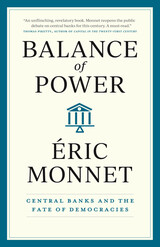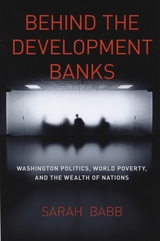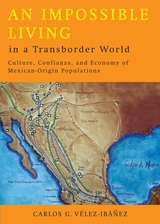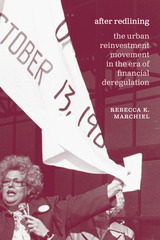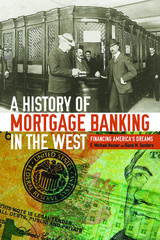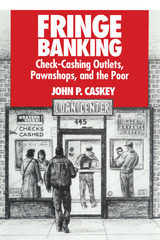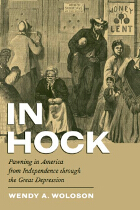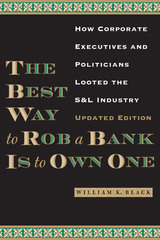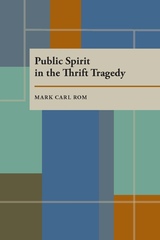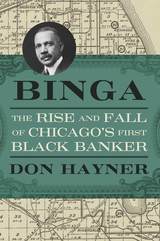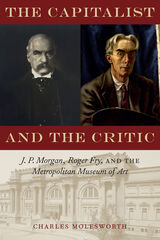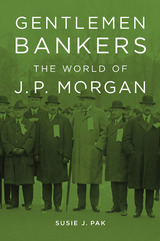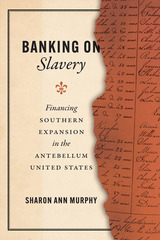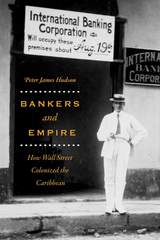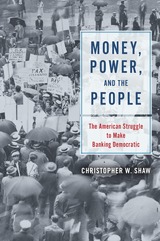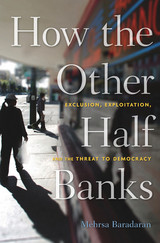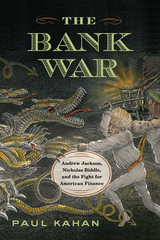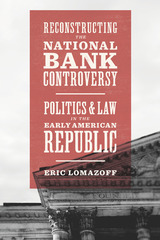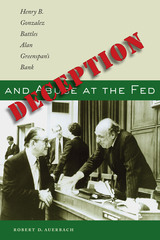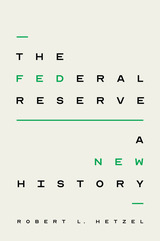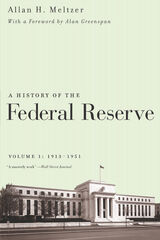Cloth: 978-0-674-64480-9
Library of Congress Classification HG2461.T55
Dewey Decimal Classification 332.110973
This book recounts the emergence of central banking Ideas and Institutions In this country—from the formation of the First Bank of the United States to the enactment of the Federal Reserve System. Focusing on the Intellectual and practical origins of monetary policy, Timberlake offers the first study on the political economy of central banking. He traces the Ideas that surrounded monetary events through records of congressional debates, documents of the House and Senate, and reports of the Secretary of the Treasury and the Comptroller of the Currency. Almost none of this material has been used before as a method of analyzing monetary Institutions and their growth.
Timberlake's principal assumption is that these debates and government activities mirrored social norms. He corrects some traditional beliefs surrounding such monetary mysteries as the causes of the inflation of 1812-1815, the effects of the Specie Circular, and the decline of silver influence In the early 1890s. Economists, historians, lawyers, government policy makers, and politicians will welcome the new insights on the origins of central banking in the economic and political milieus of the eighteenth through the twentieth centuries.
See other books on: Banks and banking, Central | History | Monetary policy | Origins | United States
See other titles from Harvard University Press

